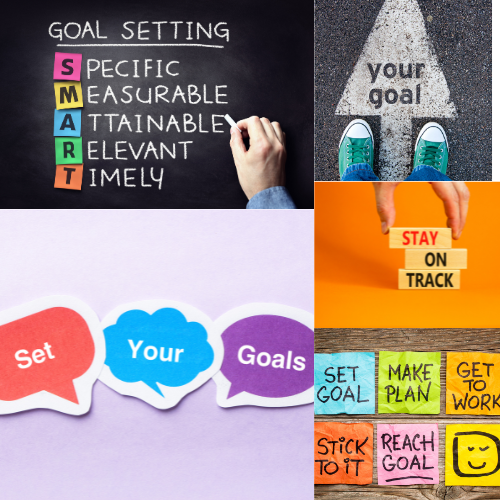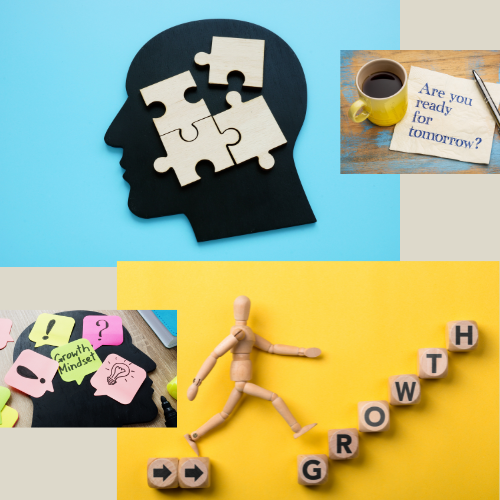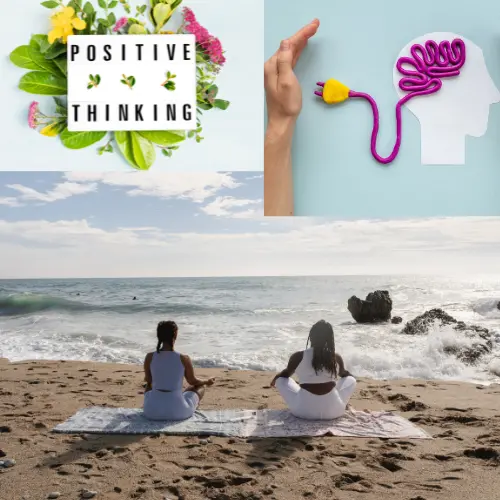Introduction
In the fast-paced world we live in, self-growth is more important than ever. It’s the key to unlocking your potential and achieving personal success. Whether you’re looking to improve your career, relationships, or overall well-being, focusing on self-growth can be transformative. In this article, we’ll explore seven powerful steps to accelerate your self-growth journey and help you reach your full potential.
Step 1: Set Clear and Achievable Goals
One of the first steps in self-growth is setting clear, achievable goals. These goals provide direction and purpose, giving you something tangible to work towards. When setting goals, it’s crucial to make them SMART: Specific, Measurable, Achievable, Relevant, and Time-bound. This framework ensures that your goals are realistic and that you have a clear roadmap to follow.
Example: Instead of setting a vague goal like “I want to improve my health,” you could set a SMART goal: “I will lose 10 pounds in the next three months by exercising three times a week and eating a balanced diet.”

Step 2: Cultivate a Growth Mindset
A growth mindset is the belief that your abilities and intelligence can be developed through hard work, dedication, and learning. This mindset is crucial for self-growth because it encourages you to embrace challenges and persist in the face of setbacks. People with a growth mindset see failures as opportunities to learn and grow, rather than as reflections of their inherent abilities.

To cultivate a growth mindset, start by challenging your limiting beliefs. Replace negative thoughts with positive affirmations and focus on the process rather than the outcome. Celebrate small wins and progress, as they contribute to your overall growth.
Step 3: Develop Daily Positive Habits
Habits are powerful tools for self-growth. They shape our actions and, over time, define who we are. Developing positive daily habits can lead to significant improvements in your life. Start by identifying habits that align with your self-growth goals. These could include practices like reading daily, exercising, meditating, or journaling.
Example: If your goal is to improve your mental health, you might develop a habit of journaling for 10 minutes each morning to reflect on your thoughts and feelings. Over time, this habit can lead to greater self-awareness and emotional resilience.
Step 4: Embrace Failure as a Learning Tool
Failure is often seen as something to be avoided, but in the context of self-growth, it’s an invaluable learning tool. Embracing failure means acknowledging it, analyzing what went wrong, and using that information to improve. Every setback is an opportunity to learn and grow stronger.
When you encounter failure, resist the urge to give up. Instead, ask yourself what you can learn from the experience. How can you apply this lesson to future challenges? This mindset shift can turn failures into stepping stones on your path to success.
Step 5: Surround Yourself with Positivity
The people you surround yourself with have a significant impact on your self-growth. Positive, supportive relationships can inspire you, provide motivation, and help you stay on track with your goals. On the other hand, negative or toxic relationships can drain your energy and hinder your progress.
Seek out relationships that uplift and challenge you in a healthy way. Whether it’s friends, family, or mentors, surround yourself with people who support your self-growth journey. Engage in activities that promote positivity, such as attending personal development workshops, joining online communities, or participating in group coaching sessions.
Step 6: Continuous Learning and Skill Development
Self-growth is a lifelong journey, and continuous learning is a key component. The world is constantly changing, and staying relevant requires ongoing education and skill development. This could involve formal education, such as taking courses or earning certifications, or informal learning, such as reading books, listening to podcasts, or attending workshops.
Example: If you’re looking to advance in your career, consider learning a new skill that’s in demand in your industry. This could be anything from mastering a new software program to developing leadership skills. The more you learn, the more equipped you’ll be to handle new challenges and seize opportunities.
Step 7: Practice Self-Care and Mindfulness
Self-growth isn’t just about achieving external goals; it’s also about nurturing your inner well-being. Practicing self-care and mindfulness is essential for maintaining balance and avoiding burnout. Self-care involves taking deliberate actions to care for your physical, emotional, and mental health.
Mindfulness, on the other hand, is the practice of staying present and fully engaging with the current moment. This can reduce stress, increase focus, and improve overall well-being. Incorporating mindfulness practices like meditation, deep breathing, or yoga into your daily routine can significantly enhance your self-growth journey.
Conclusion
Embarking on a self-growth journey is one of the most rewarding endeavors you can undertake. By setting clear goals, cultivating a growth mindset, developing positive habits, embracing failure, surrounding yourself with positivity, continuously learning, and practicing self-care, you’ll unlock your full potential and achieve lasting success. Remember, self-growth is a lifelong process, and each step you take brings you closer to the best version of yourself.






